In this exclusive interview, we travel to Lima as we chat to one of Peru’s prominent art patrons, Jan Mulder. He became one of the major players in Peru’s cultural landscape by creating the international art fair, LimaFoto as well as the festival MiraFoto, which soon became Lima’s photographic biennale since 2012. Today, he is the director and member of the board of the Quimea Suiza group. He is also the founder and president of Centro de la Imagen de Lima, the Cultural Centre El Ojo Ajeno and the Association Foto e Imagen. With an art collection described as ‘aesthetically stark and intensely personal’, it focuses on the work of outstanding contemporary Latin American photographers, highlighting and recognising specific international issues. The Jan Mulder Photography Collection began in 2002, with the motivation to establish a centre for the teaching and promotion of photography in Peru. The works within the collection have an international outlook with an ardent eye on both contemporary and vintage works.
Jan Mulder spoke with Larry’s List team about how he sees the art collecting scene developing in Peru and his active role in ‘Centro de la Imagen’.
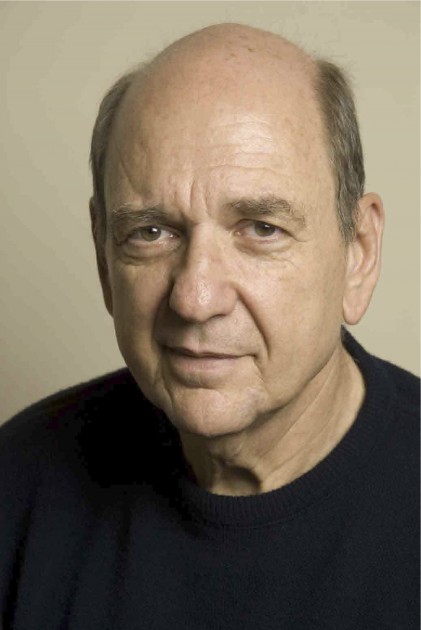
What made you want to start collecting contemporary art?
The need to decorate my apartment, decorate my world, far away from home, living in Switzerland in the early 1970s.
What is your focus regarding the artists in your collection? Are you more interested in emerging or renowned artists?
It has always been a combination because I think young artists have a very important role in contributing to the art world. I am also involved in forming young artists in the photo school in Lima at “Centro de la Imagen”. This puts me in close contact with young artists and young artist’s opportunities. I don’t normally acquire art from young artists studying at Centro de la Imagen. As long as they are students they are all the same. Every year we graduate between 30 – 40 students. Once they finish school, some graduates go into fashion, art news photography and others related careers.
What was the first artwork you purchased?
It was in 1972-73 during a friend’s weekend trip in Strasbourg. I bought three minimalist, symbolic prints by a Japanese artist. Among the first works I bought, I have a dedicated and signed photo of Che Guevara by Alberto Korda. This work is still in my collection.
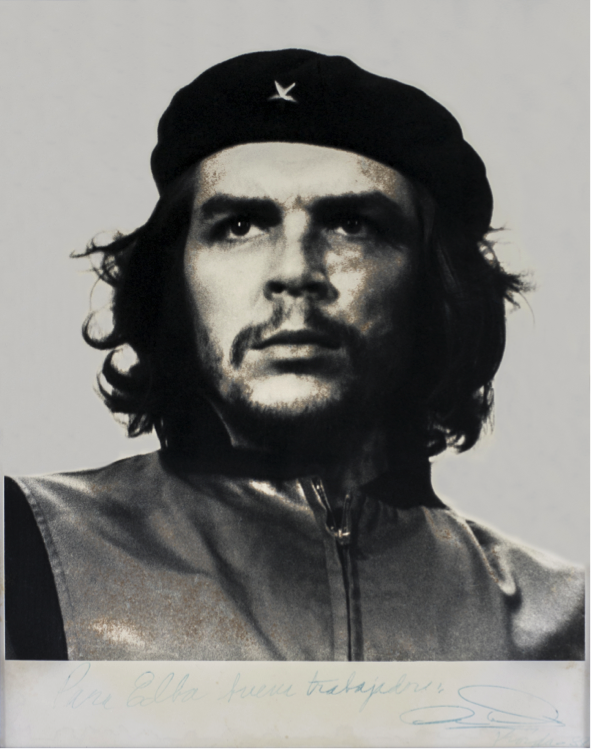
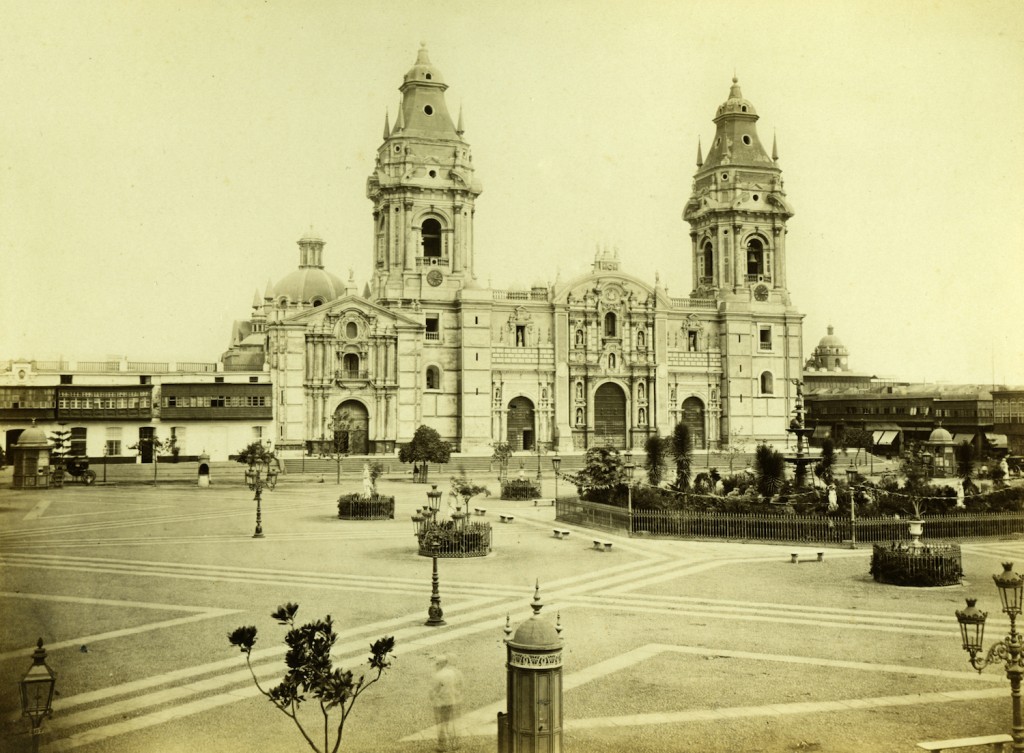
How many artworks do you own?
Over a thousand photographic pieces and a collection of 25.000 archives glass plates from early 1900 from Peru. Besides photography, when I started collecting, I collected paintings, sculptures, ceramics etc.
Where do you display your collection?
Most of it is stored and a part of it is at my private home. Also, many of the vintage works are found at my office. It’s a joy to receive people at the office and listen to what they have to say about the artworks displayed.
Have you ever presented your art collection publicly?
Yes, there have been several opportunities. A point of inflection was in 2012 when the collection was exhibited at the annual summer photography event: The ‘Les Rencontres de la Photographie’ in Arles, France. We worked on and presented 108 contemporary and vintage works by Latin American photographers.
What is your most treasured artwork?
Most of the photographs I acquire have a special significance to me, in terms of why and when I buy them, so it is difficult to privilege one work over so many others. However, to answer this question, one special work from the collection is one of Irving Penn “Father Kneeling with seated child” (1948).
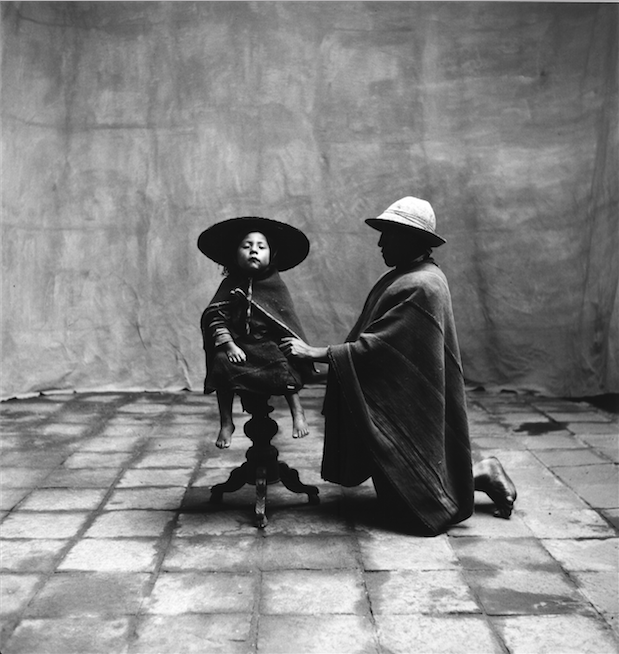

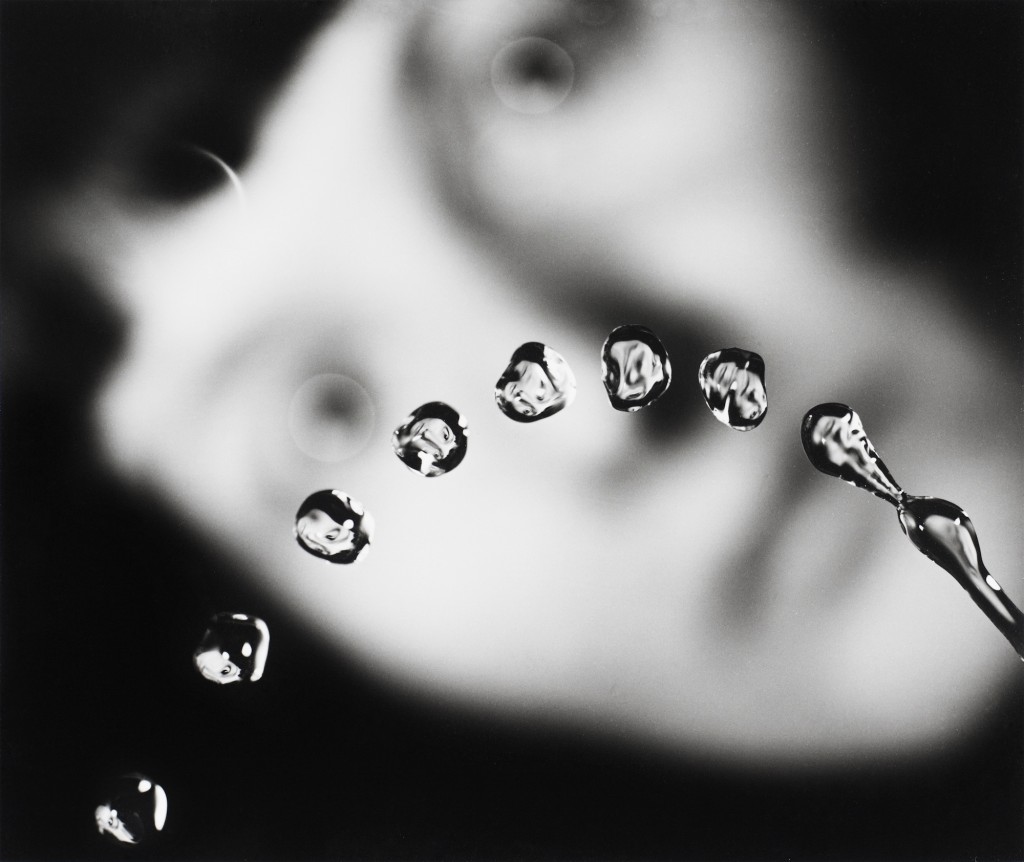

How important is it for you to meet the artists who created the artwork?
It is important. Since I am involved with the education process through Centro de la Imagen, I meet a lot or artists. Artists like Joan Foncuberta, Martin Parr, Antonine D’Agata. What is more, Chinese photographers have already come to Lima to teach at Centro De La Imagen as part of our programmes.
Do you rely on art advisors or how else do you make your decisions concerning purchases?
As a business person myself, I understand the profession of a gallery and of an art advisor. I think it is important to value the opinion of these professionals. The international scene moves at a fast pace and one has to rely on a group of professionals. To answer your question, I have one close art advisor, not formally, but as part of ongoing discussions.
What was your happiest moment being involved in art?
Yesterday (October 8th 2015) was one of the happiest moments. It was at the opening of FOLA Museum in Buenos Aires. This is a key event in Latin American photography today and an example to follow.
What/who inspires you in the art world?
Ongoing education is an inspiring source for me. Art evolves and so does innovation, technology – such as institutions like Centro de la Imagen in Lima and The International Center of Photography in New York. Also, The Getty Museum in Los Angeles is an institution with a beautiful collection.
What is your advice to young and fresh photography collectors?
Follow your instincts.
Can you name (three) emerging Latin American artists, who should be on our radar? Do you follow your artists?
This is a tough answer. For instance, today I met the work of Argentinian Guillermo Srodek-Hart and he has concentrated on a type of photography over 10 years and I was surprised by it… There is also, Pablo Mora from Colombia.
I don’t have a system to follow the artists in my collection, but I do try to have direct communication with them and provide time for this when I travel.
What are you especially excited about in regard to art in the next 12 months?
On an institutional level, in the art world in the next 12 months, I am excited about I.C.P (International Center of Photography) in New York, which is soon opening an exhibition space. Also, this year in Lima, a major retrospective of photographer Martin Chambi (1891- 1973) will be showcased at MALI museum.
How do you see the art collecting scene in Peru?
I think that as the art world integrates itself economically, it will give way to more creative art collections globally. For instance, the Lima Photo art fair has become tremendously successful. And this together with a work developed at Centro de la Imagen, helps nurture photography collecting in Peru.
Claire Bouchara & Josefina Piacenza
Read more about
A selection of the artist Mulder collects





